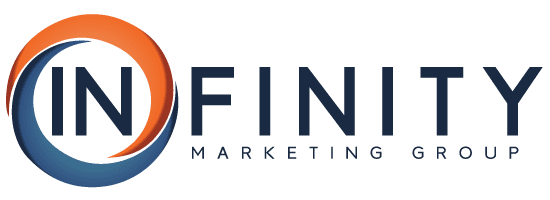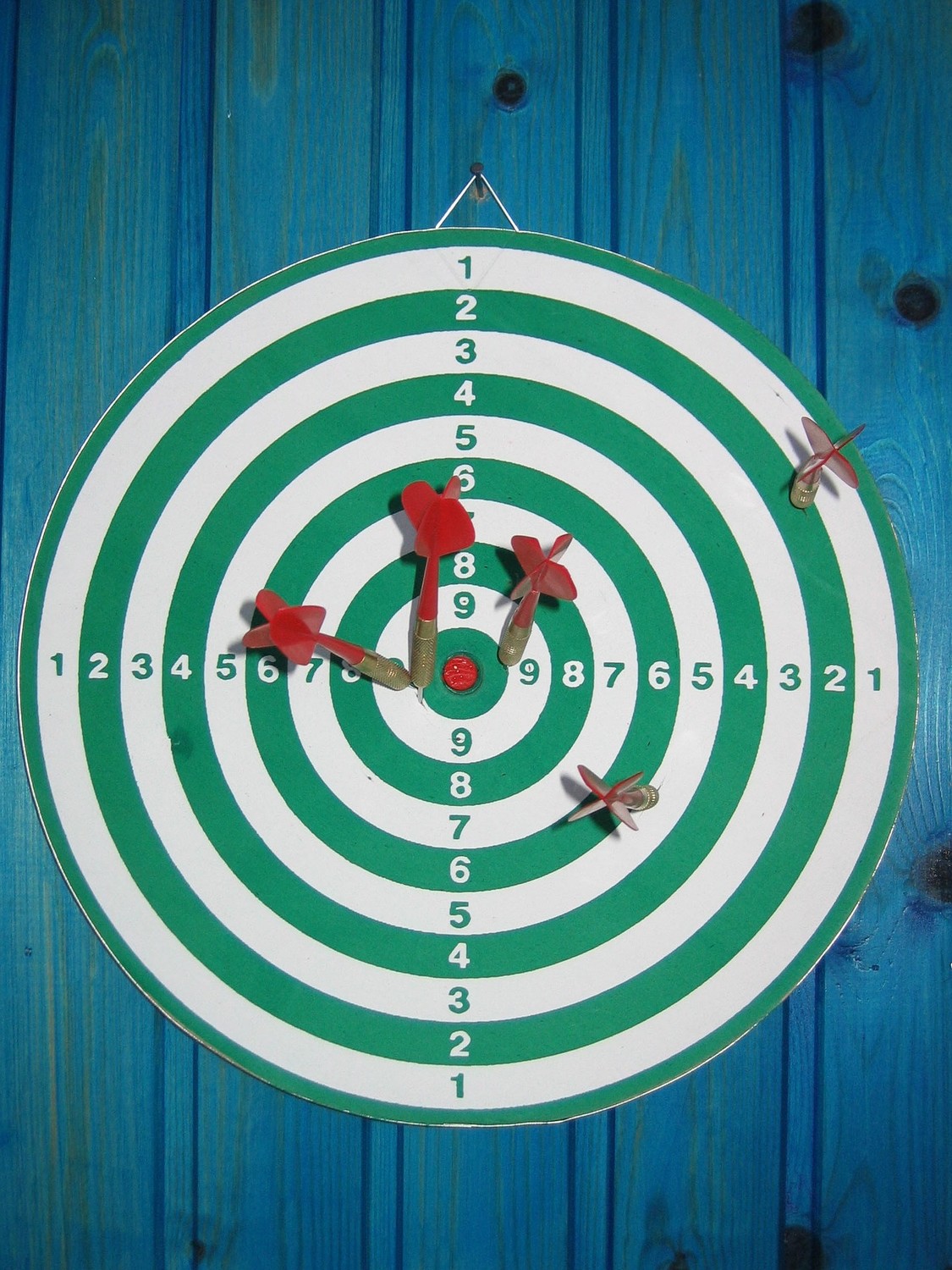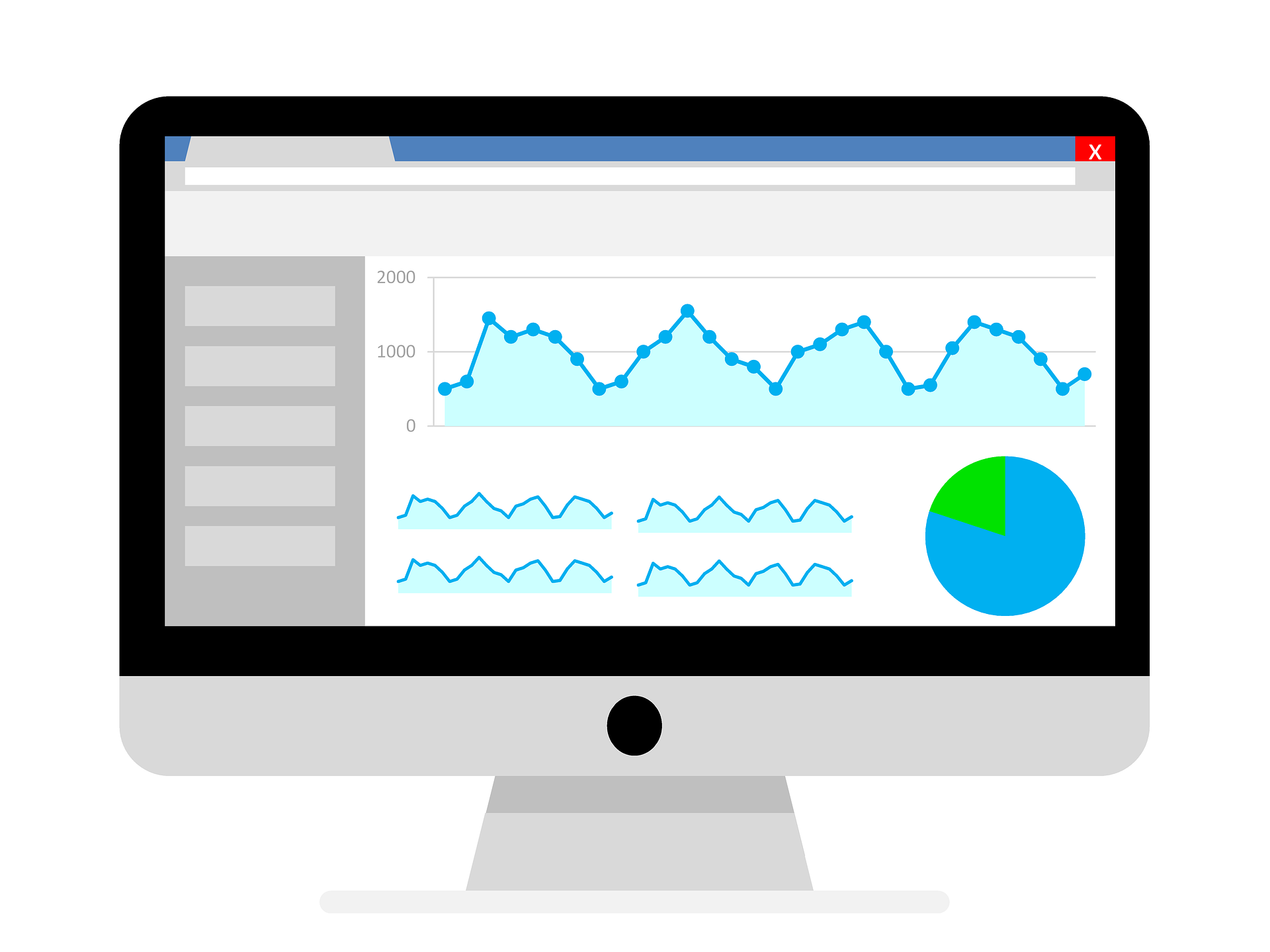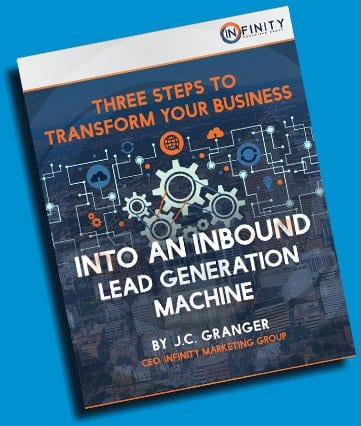If your online sales funnel is a bonfire, pay-per-click marketing (PPC for short) is the starter stick. Social PPC campaigns act as a quick, fast-burning source of traffic to help the other parts of your funnel get moving. Pay-per-click can get you in front of your customers so prospective buyers see your company first, not your competitor’s. In a fast-pace industry like the tech industry, this speed and ability to establish your brand first can be make-or-break. That’s why it’s important to include PPC marketing as part of your digital marketing strategy.
But there are different types of PPC ads. The big two are search engine PPC, which allows your tech company to appear as the top result on specified search engine queries, and social PPC. In this article we’ll be specifically looking at how to set up the latter, and when and why social ads belong in your overall online marketing strategy.
What is a Social PPC Campaign?

The “pay-per-click” part comes from the way tech companies pay for their ads to run. Unlike traditional ads which require you to pay for physical ad space, social ads deal in audience attention. In other words, companies only pay for their ad when it successfully gets the potential customer’s attention: when they click-through to a landing page, click a like/follow button, click to comment, etc. While some social ads can be set up to calculate ad cost based on “impressions,” i.e. the number of times a user saw your ad on their timeline, PPC is still the most common and most optimized way to pay for ad campaigns on a social network.
How to Build a Social PPC Campaign
Each social media site is going to have its own interface for setting up your PPC ads, but there will always be certain pieces of information you’ll need for your campaign regardless of your chosen platform. Here’s what information you’ll need to have to run a successful social PPC campaign:
A Well-Defined Audience
The first thing you need to know is who your social PPC campaign is targeting. Optimizing a PPC campaign to make sure your ads are having the most impact possible for the lowest cost per click means that your audience cannot be too broad (e.g. everyone in the US between the ages of 18 and 65) but not so specific that you’re fencing yourself in.
For example: if you are a company trying to sell a SaaS mobile app for easy financial management, narrowing down your target audience to only those who use phones with the OS your app is being sold on helps your PPC campaign be more accurate. Many social ad accounts will let you choose options based on behavior, income, demographic, interests and more that have been self-reported by its users or collected via third parties, which will help you properly define your audience. Many also have options for uploading contact lists of emails, phone numbers etc. that you already have to create ultra-specific audiences.
A Specific Campaign Goal
Be specific about what action you want those seeing your social PPC ad to take. Are you looking to send them to a landing page on your website? Get them to engage with your company on the chosen social platform? Follow or subscribe for further lead nurturing? Trying to make an ad campaign complete multiple objectives at once will only divide your resources and make your ads less effective at what they do. And that leads to rising costs per click.
Just like social platforms have mechanics for dialing down on your ideal audience, they also have mechanics that will optimize your PPC campaign for the specific goal you have in mind. Choose one and then use the options available to optimize for that.
A Timeline
Pretty self-explanatory. You’ll need to know the start and end conditions for your social PPC campaign. Sometimes those conditions will be an easy start and end date. Sometimes the end may be “when the budget is reached.” Make sure to plug that information into your social platform’s ad manager.
**Quick note for PPC ad campaigns that are ongoing indefinitely: even if you plan to keep your campaign running, set a mental end date. You should be regularly reviewing the main analytics for your campaign to make sure your campaigns are as optimized as possible. If you don’t keep track of how the results change over time, you won’t be able to tell whether or not your ad is doing well.
A Budget
Most platforms use two numbers to set your campaign budget: overall spend and daily spend. Overall spend is the amount of money your campaign as a whole has budgeted. Daily spend is the maximum you’ve set to be spent serving your ads per day.
Why is daily spend important? Because, depending on your campaign goals, you may be more comfortable getting a large amount of results early in the campaign even though it burns through your budget before the end, or you may want a steadier flow of served ads that’s more spread out over the campaign timeline. It’s important to think about how you want to control budget spend over the course of the entire campaign.
Ad Content
This is the text and image that actually make up the ad your audience will see. Images catch more eyes than plain text, and video catches more eyes than images. No matter what the design of your ad, you will need to have a clear call-to-action that tells interested leads what to do next. A “click here” button, “follow us on Facebook,” etc. Make sure it ties in to your defined campaign goal.
Once you have all the information input into the social platform’s ad manager, it’s time to run your social PPC ads!
The Last, Crucial Step to a Successful Social PPC Campaign
If you really want to make sure your PPC campaign is a success? Track your campaign statistics!There is no excuse not to track key statistics like the number of clicks, cost per click, the ratio of impressions to lead acquisitions, and overall cost per acquisition. Even if you don’t have your own campaign analytics software, most social platforms now have at least a basic reporting or analytics feature that can help you measure campaign success.
Was one version of your ad more successful than the other? Are you noticing your ads perform best on Tuesday evenings? Are you getting plenty of new traffic to your landing page, but no one seems to be signing up? All of this is information that can help you refine not only your social ads but your online sales funnel as a whole. Even if the results of the campaign aren’t what you hoped, if you can learn how to improve from the results, your social PPC campaign will be a success.








